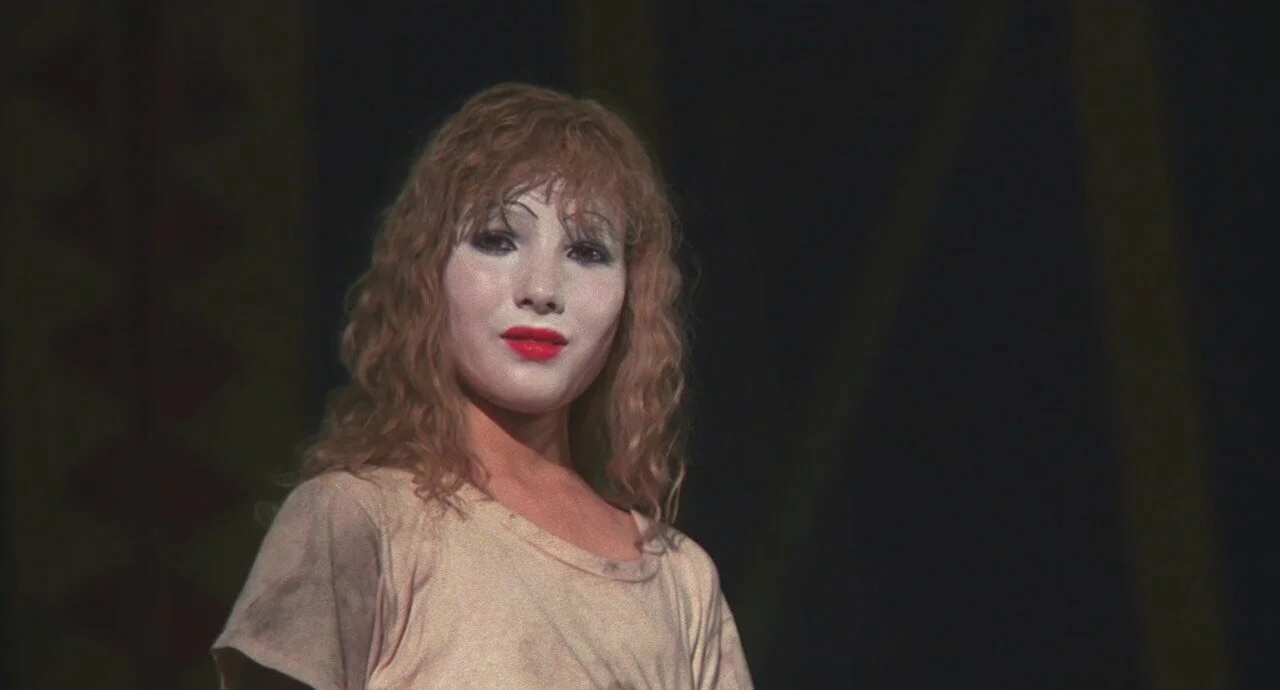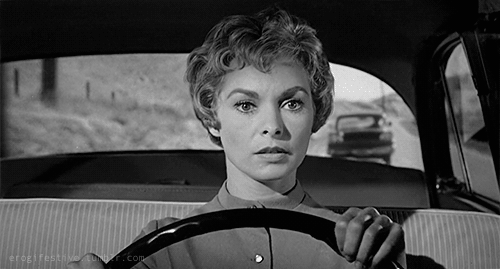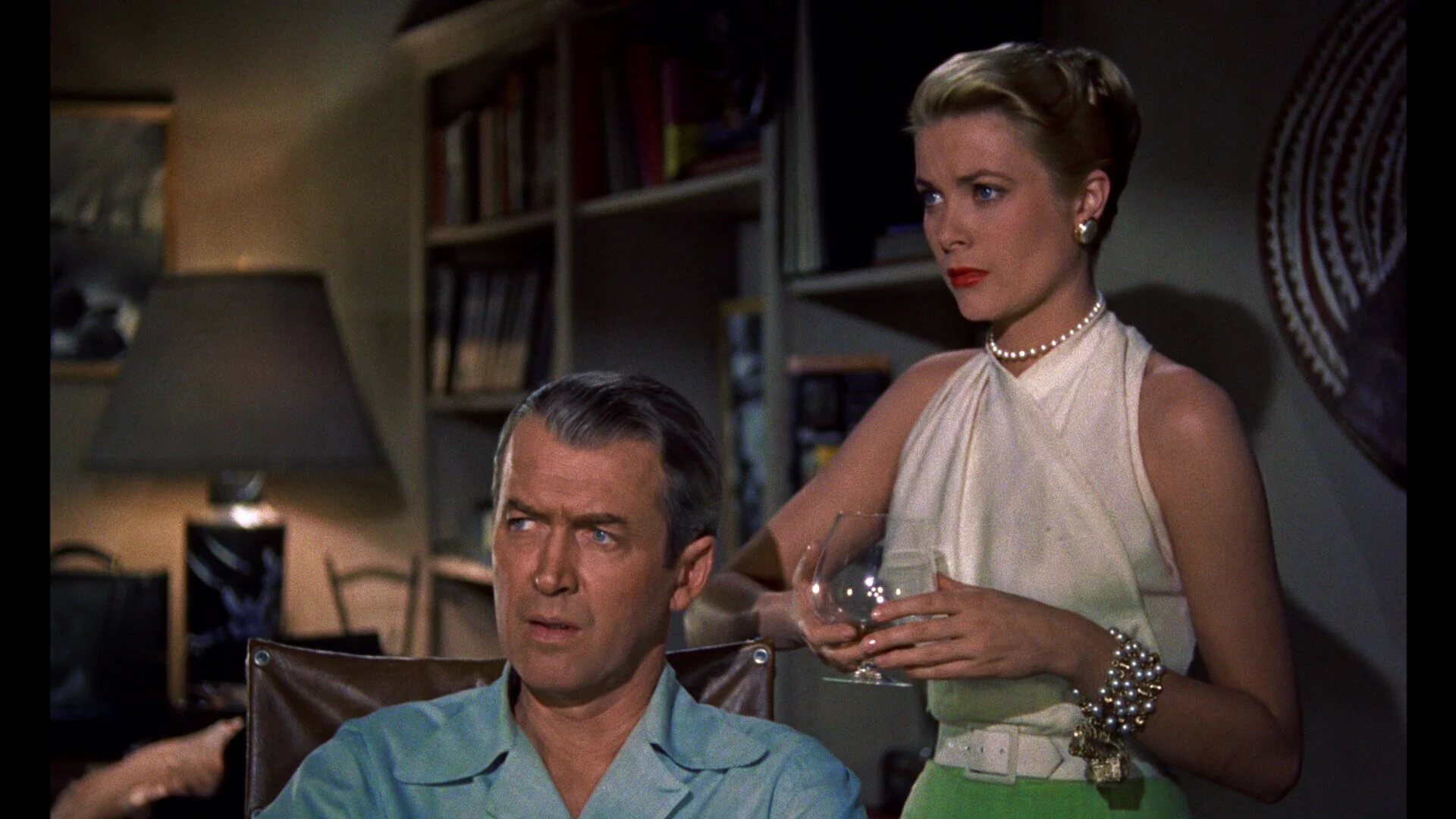Alejandro Jodorowsky
Groundbreaking filmmaker Alejandro Jodorowsky, known for his ambitious and uncompromising films such as The Holy Mountain, ventures into the realm of horror with his stunning film, Santa Sangre. Blending psychoanalysis with mystical symbolism, Jodorowsky drew inspiration from Italian Giallo films and infused it all with vibrant Mexican culture to tell a unique cinematic story about a serial killer. Simultaneously, the film also serves as a metaphor for the chaos caused by U.S. intervention in Latin America and the crime and violence which followed.
Fenix is a young male patient of a mental institution in Mexico but judging from the appearance of his room and the unusual meal the medical staff brings him, we are immediately informed that the film will be surreal in nature. Symbolism in Jodorowsky’s films is purposeful and never for just the sake of eccentricity. The imagery in this film is mysterious and fascinating enough to encourage multiple viewings but also obvious enough that a casual filmgoer can understand the overall emotion or idea behind the images.
The film backtracks to Fenix’s childhood where he is the only child of two circus performers. Inspired by Jodorowsky’s own upbringing in the circus, Jodorowsky portrays adulthood as full of cruelty and hypocrisy. All the adults in Fenix’s life fail him and the only ones with decent hearts are the outcasts of society: a mute girl, a group of circus “freaks” and Fenix’s friends from the mental institution who have Down syndrome. When Fenix is not witnessing his parent’s highly dysfunctional relationship, Fenix is neglected as his parents to go off to fulfill their own selfish desires. His American father is an obese, drunk womanizer. His mother is the fanatical leader of a religious cult that worships the image of a murdered girl. With the volcanic personality of his mother, Concha and the brutish machismo of his father, Orgo, Fenix’s view of the world is forever tarnished at such a young age.
As we return to present-day Fenix at the film’s midpoint, the film subtly transitions from a coming-of-age drama to a horror story in the likes of Alfred Hitchcock and Dario Argento. Fenix’s mother reappears in his life and Fenix escapes the mental institution in order to adhere to her murderous desires. Is Concha really alive or is she a product of Fenix’s deteriorated mind? Jodorowsky is not interested in being a cheap copy of Hitchcock, instead he wants to explore the soul and spirit of Fenix through images.
Unlike other films about serial killers, Santa Sangre treats its villain with much compassion. Not that it downplays the severity of his crimes but Jodorowsky displays his internal struggles so beautifully on the screen that Fenix becomes more and more human to audience as the film progresses. Jodorowsky doesn’t choose a cynical approach to this subject matter, instead he opts to see his main character through the lense of his own personal beliefs that the human spirit can prevail over pain and trauma.
Santa Sangre
director ALEJANDRO JODOROWSKY
year 1989
director of photography DANIELE NANNUZZI
cast AXEL JODOROWSKY, BLANCA GUERRA, ADAN JODOROWSKY, GUY STOCKWELL
words HECTOR ORTIZ
What to read next








